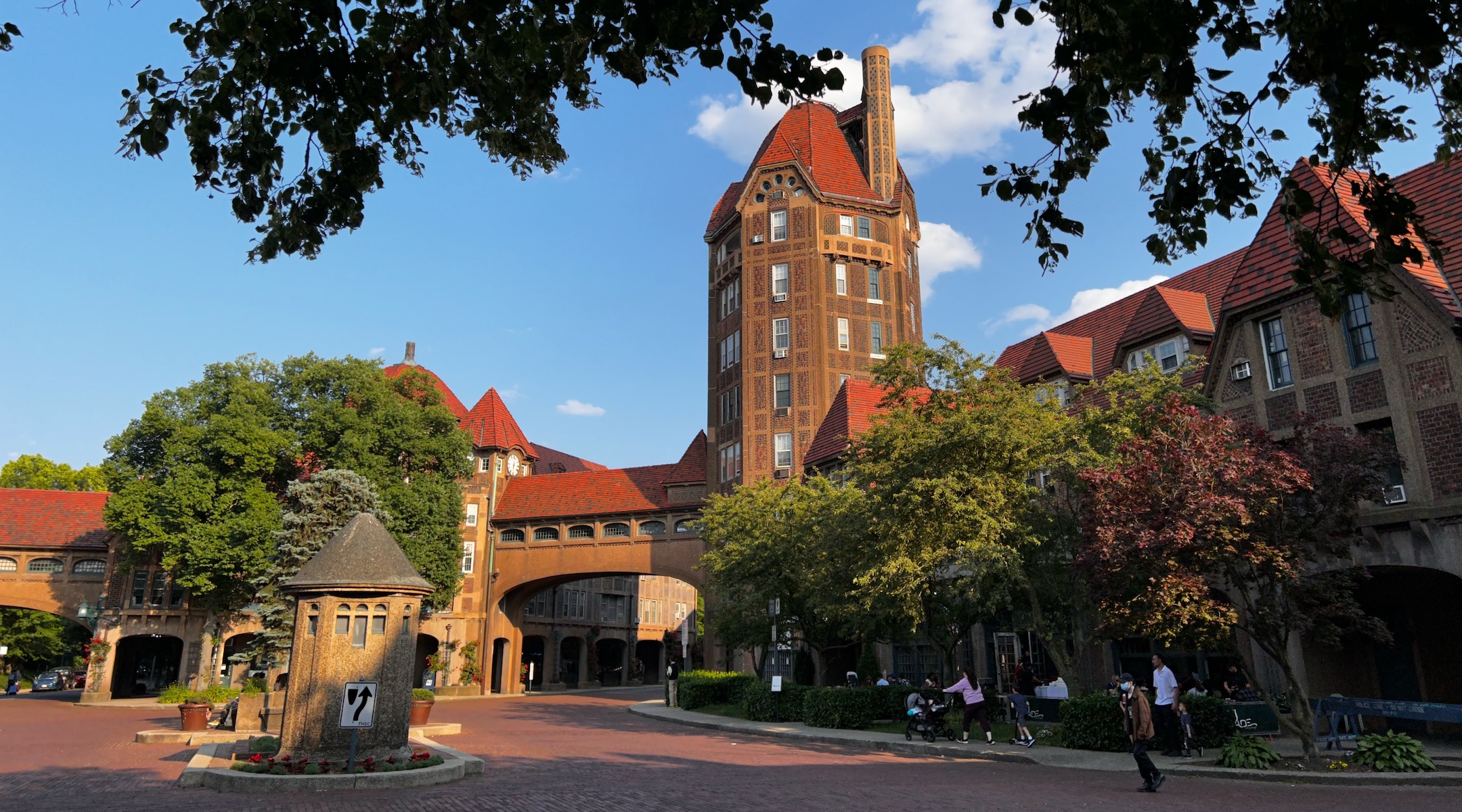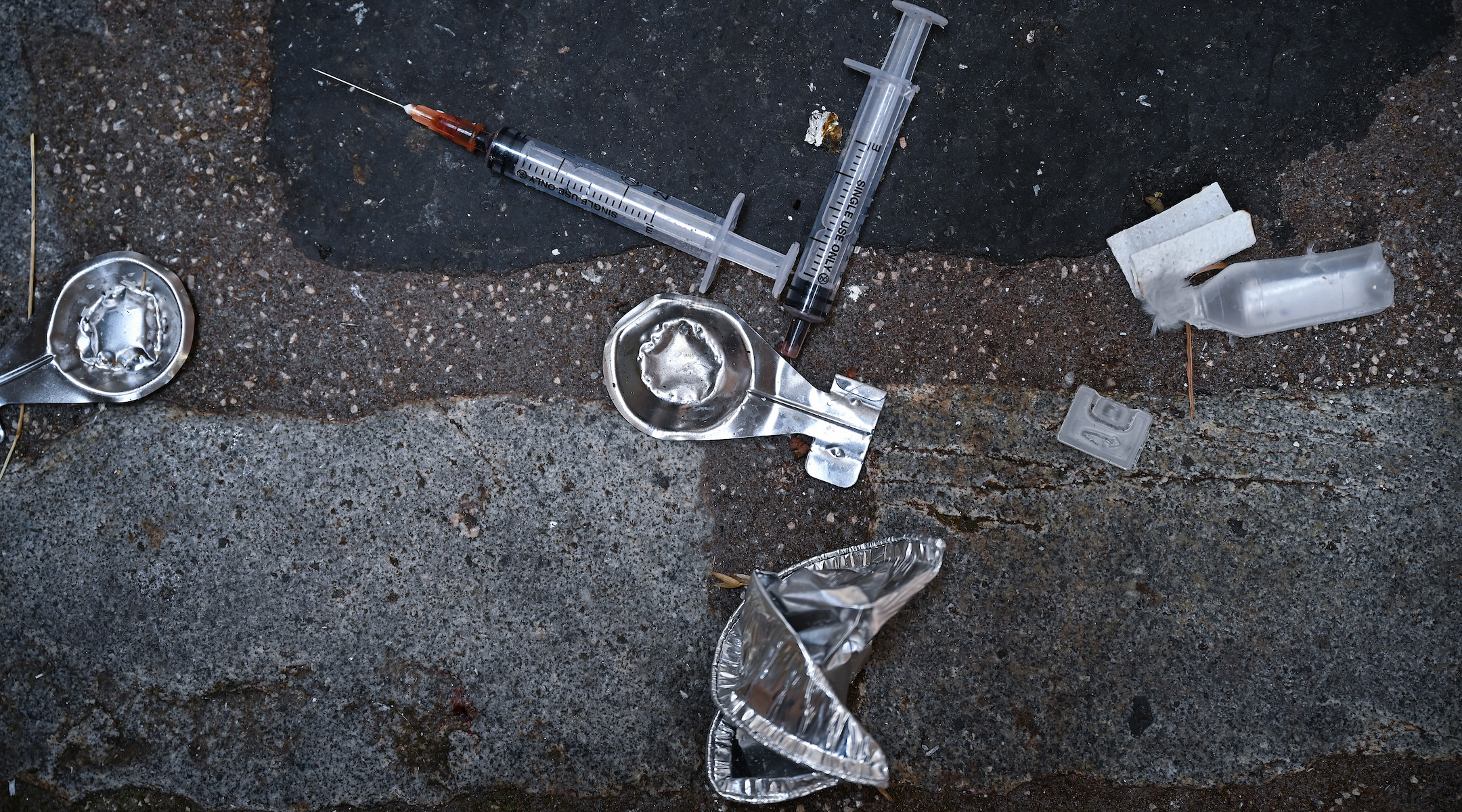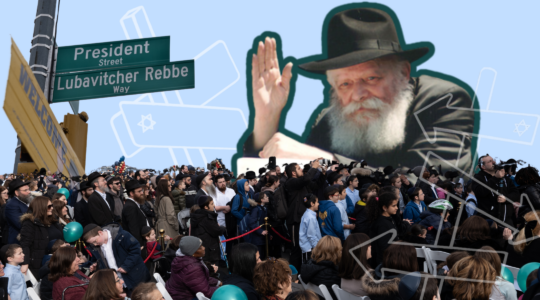(New York Jewish Week) — No one can say exactly how many members of New York City’s Bukharian Jewish community have died of opioid overdoses in the last few years, but everyone agrees that the numbers are distressingly high.
Hiski Mierov, vice president of the Bukharian Jewish Community Center in Forest Hills, Queens, can think of 20 or so young people who have died in the last seven years, a steep toll on an immigrant community of about 50,000. “I would estimate the number is much higher,” he said.
David Aronov, who grew up in the community and now serves as its liaison at UJA-Federation of New York, offered an even more sobering estimate: “several dozen” overdose deaths in just the last five years.
“The community is so tight-knit that when one of these deaths does happen, it spreads really, really fast,” Aronov told the New York Jewish Week. “After a large number of deaths within a small amount of time, for the size of the community, you know that it is a really big issue.”
Now, Aronov and Mierov are playing leading roles in an effort to turn things around. A dozen synagogues in Queens neighborhoods with many Bukharian Jewish residents are newly stocking Narcan, a lifesaving drug that reverses overdoses, and training volunteers on how to administer it.
They are also planning community education on drug use and overdose response, with the goal of reducing the stigma of addiction.
“Everybody in the community has either been touched by this issue or knows someone that has been touched, but people don’t want to reach out for help,” Aronov, who is at the helm of this program and worked with UJA-Federation to launch it, said. “We want individuals in the community to be more open and talk about the issue… and we want to make sure that stigma is not preventing individuals from getting the help that they need.”
The “Save a Life” program is a collaboration among UJA-Federation, the New York City Department of Health and the Jewish Board, a Jewish health and human services nonprofit that is licensed to distribute Narcan. Their goal is to curb an acute crisis within one community that has been affected by an 80% increase in overdose rates within New York City since 2019.
While there is no reliable data on drug-related overdoses specifically in Jewish communities, it is clear that they have not been spared from the skyrocketing rate of overdoses across the country in recent years as dangerous street drugs, often laced with fentanyl, have replaced prescription pain pills as the most widely available opioids.
But people within the Bukharian Jewish community — immigrants from Central Asia — say they can see particular risk factors for drug abuse within their community.
Many parents spend much of their time working, Mierov said, and there can be a lack of communication between children and their parents and a lack of supervision for young people, which the Centers for Disease Control says is a risk factor for substance abuse in youth. A deepening disconnect between generations who grew up in different worlds, with different responsibilities and resources, could also make it hard to address drug abuse, Mierov said.
“The parents are oblivious to what’s going on because the kids are always out with their friends. They come home late, and parents are busy working. Like many immigrant families that come to this country, they live paycheck to paycheck — the father has two jobs, the mother has two jobs. They’re never home,” he said.
Aronov added that in many of these immigrant families, children can feel “an immense amount of pressure,” to do well in school, get married early and earn money to support their families and parents.
In some cases, parents don’t want to discuss the issue for fear of being judged by others in the community, Mierov explained.
“They feel embarrassed to reach out to people that are in the community. They have a fear of not being able to marry off their children in the community because of things that happened in the past,” he said.

Around 60,000 Bukharian Jews live in New York City, with major hubs in Forest Hills and the surrounding Queens neighborhoods. (Lindsey Nicholson/UCG/Universal Images Group via Getty Images)
“They don’t understand that these kids are dying from their silence,” said Jack Musheyev, 35, who grew up in the community and is in recovery from drug addiction.
Musheyev was 9 and living in Forest Hills, the main hub of New York’s Bukharian community, when he drank alcohol for the first time. At 12, he started smoking weed everyday. By junior year of high school, he started using harder drugs like cocaine, which led to skipping school to get high and often getting into fights.
His mother, who like many others in the community immigrated in the 1980s, eventually sent him to Miami to finish high school with the hope that, outside his circle in Queens, he would be less inclined to fall into trouble. But it would take another decade before Musheyev entered rehab and got sober.
“I witnessed a lot of abuse in my family between the parents and what that led me to is to find peace outside with my friends,” Musheyev said. “What that entailed was smoking weed, drinking. It was helping me cope with my feelings and suppress them in the real world.”
For Musheyev, the new initiative is “a great approach,” but he thinks even more can be done, like opening up 12-step chapters in Bukharian communities in Queens and providing mental health services for people in the community who are struggling as he did.
“We need to get more therapy for these kids, we need AA meetings and materials, a place where they can go every single hour to hear somebody with some clean time to share their story,” he said, adding what they need more is “love, hope and inspiration.”
In addition to trainings, Aronov is also implementing a public affairs campaign. Educational flyers and videos in both English and Russian about Narcan and the resources UJA is offering are being distributed on social media and WhatsApp.
“What they did with this program is bring people in Forest Hills, Queens, closer together,” said Mierov, who is the UJA’s point person for distributing the free Narcan kits and trainings at BJCC, a synagogue, community center and Hebrew school in the heart of the neighborhood.
He said getting to work with the other participating locations had helped him feel some of the same relief that he hoped would spread to families in his community.
“There’s no more shame where you are wondering, ‘Oh my god, is this only happening with the families that are affiliated with our center? Are we doing something wrong? Are we not doing enough?’” Mierov said. “It’s nice to have this support system where you can reach out to other synagogues in the same city and kind of talk things out and figure out different perspectives and ways to handle the situation.”
The 11 other synagogues and community centers participating in the program are in other Queens neighborhoods with large Bukharian populations — Rego Park, Fresh Meadows, Flushing, Jamaica Estates, Kew Gardens and Corona. Each of them will get kits that include two naloxone (Narcan) nasal sprays, gloves, alcohol pads and how-to information, and volunteers will learn how to use the supplies.
Aronov has appointed a “point person” at each of the 12 locations to give out the Narcan kits.
“One of the things I make sure that I come across when I speak to people is that there’s no judgment,” said Ahuva Lilliana Yelizarov, who runs the Forest Hills synagogue Anshey Shalom with her husband, and who has already deployed several Narcan kits in the community.
“It doesn’t discriminate, unfortunately,” she said about addiction. “It impacts everyone, whether you’re a secular Jew, or you’re an Orthodox Jew. So unfortunately, we have to step it up and do what needs to be done.”
The New York Jewish Week brings you the stories behind the headlines, keeping you connected to Jewish life in New York. Help sustain the reporting you trust by donating today.





